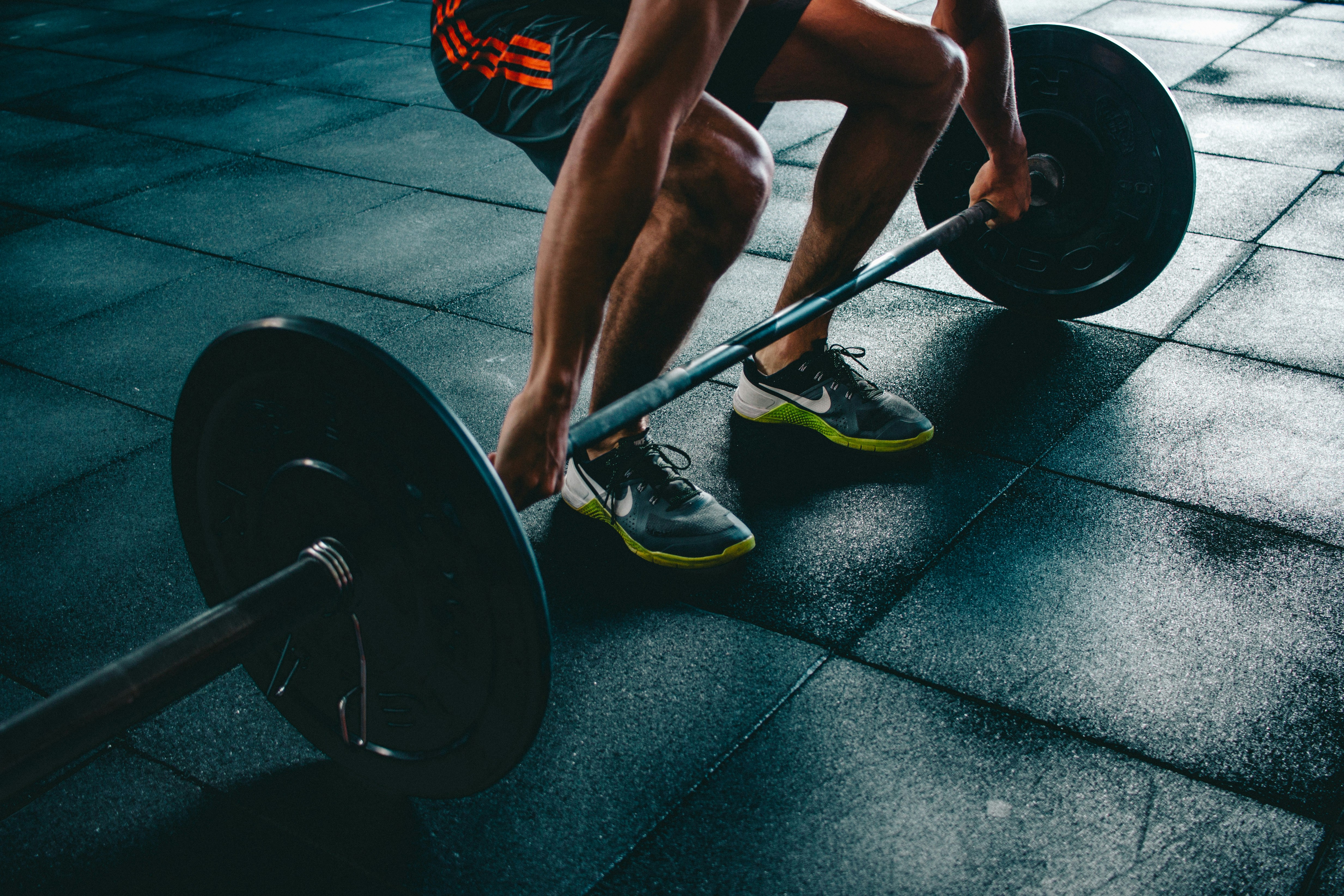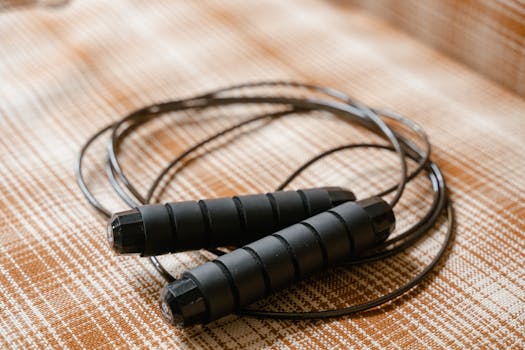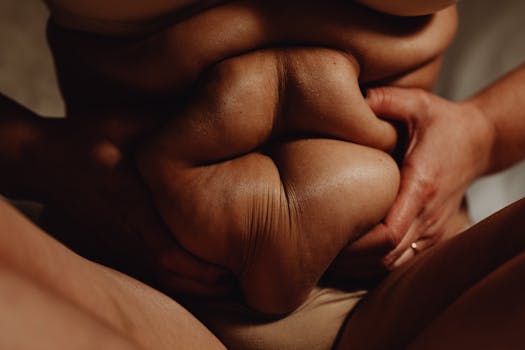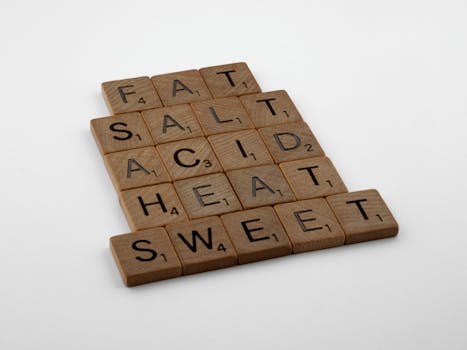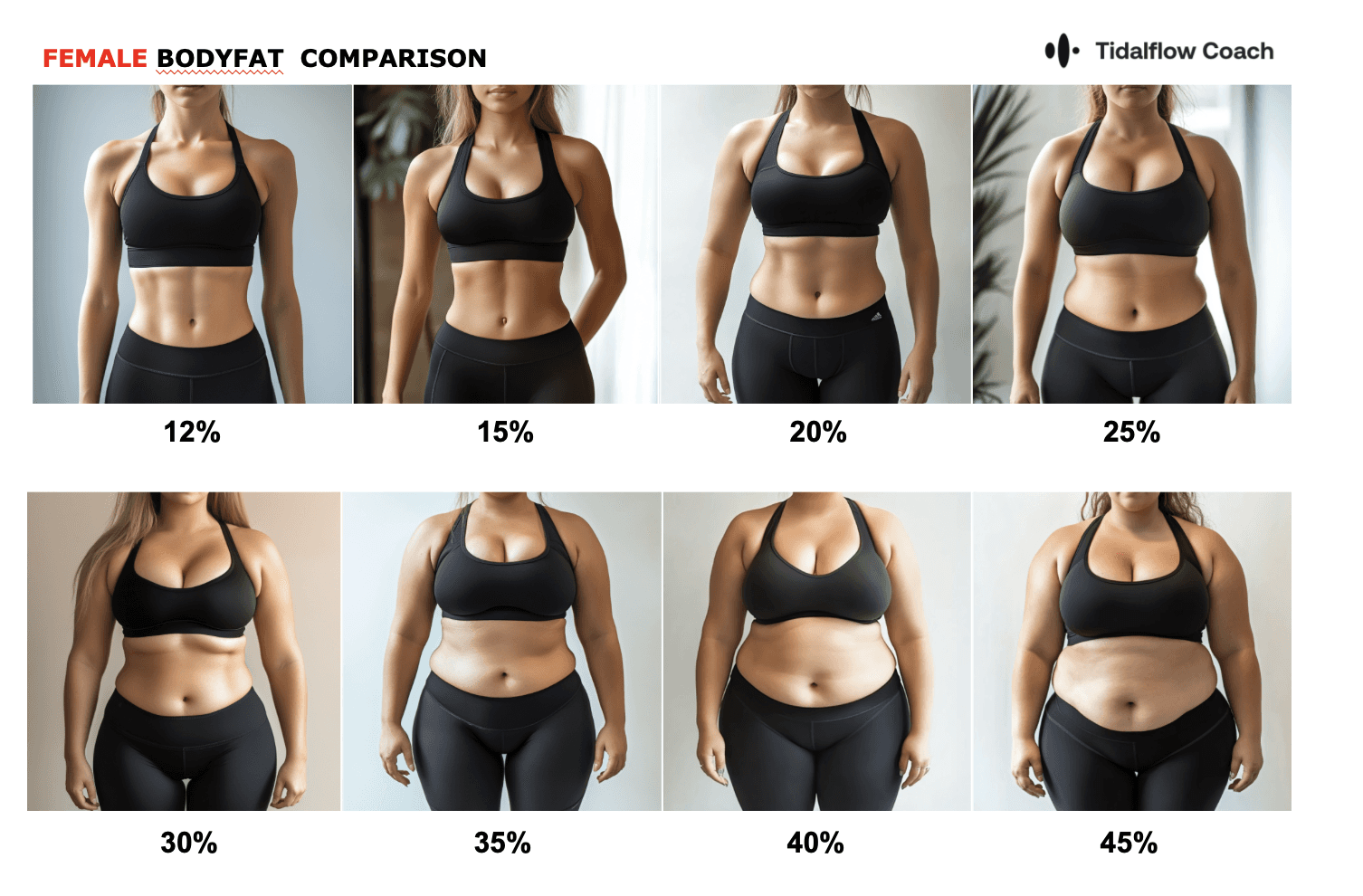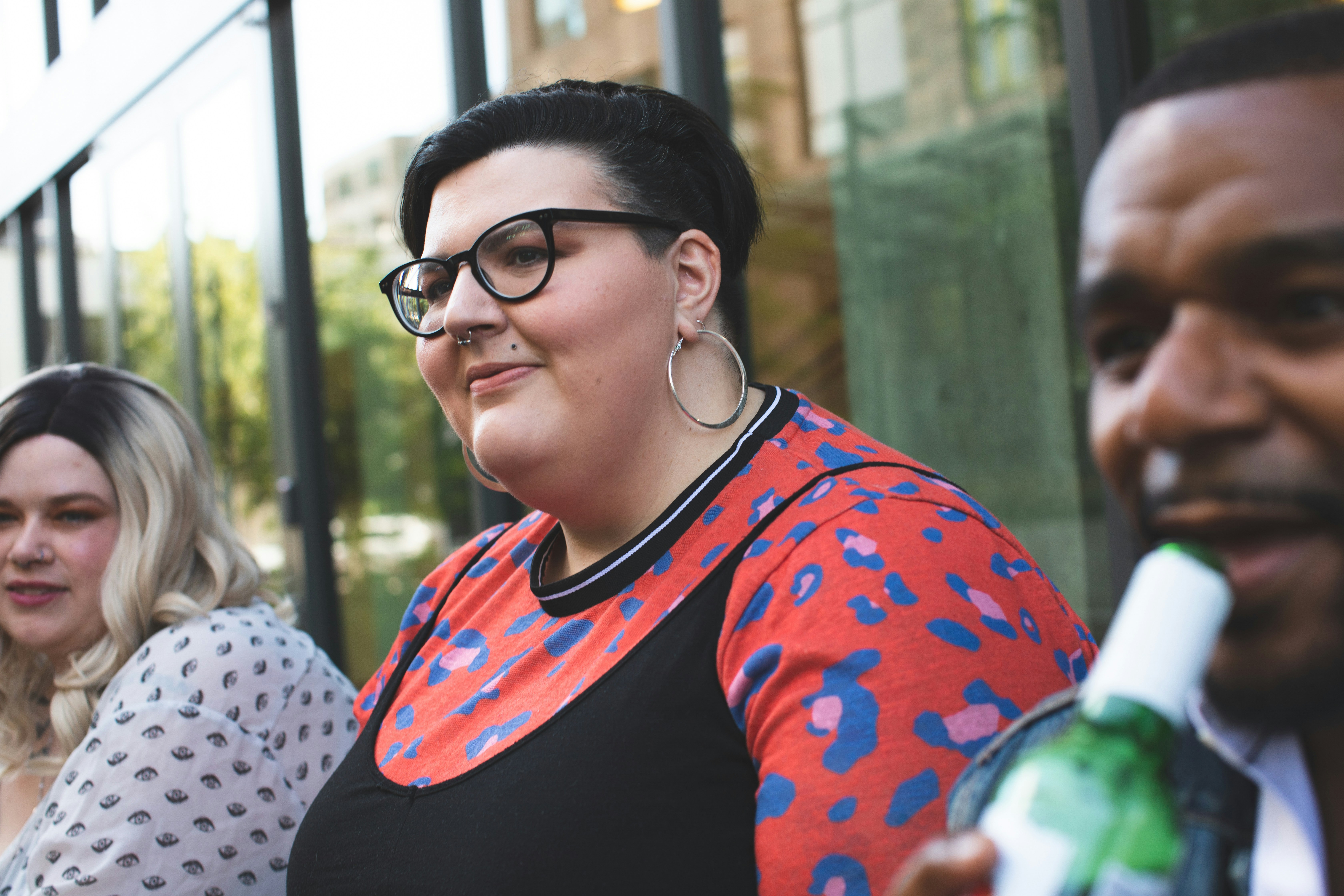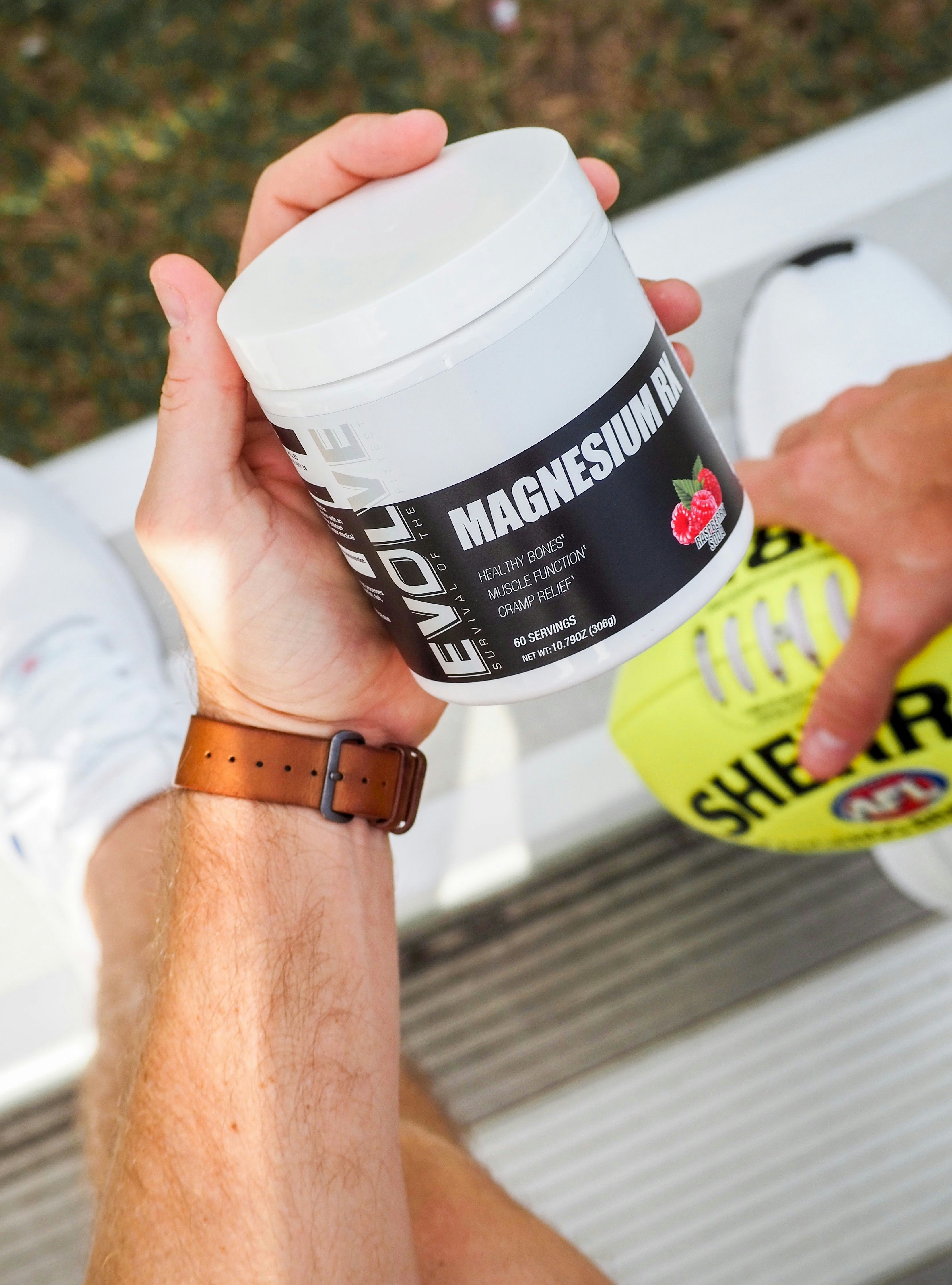Top Lower Body Pull Exercises for Maximum Strength & Power
Sep 19, 2024
Are you looking to build a stronger, more powerful lower body? Lower body pull exercises are the key to unlocking your full potential. In this comprehensive guide, we'll explore the best lower body pull exercises, their benefits, and how to incorporate them into your workout routine effectively. Whether you're a seasoned athlete or just starting your fitness journey, this article will help you take your lower body training to the next level.
What Are Lower Body Pulls?
Lower body pull exercises are movements that involve pulling weight towards your body using your lower body muscles. These exercises primarily target the posterior chain, which includes the hamstrings, glutes, and lower back muscles. By incorporating lower body pulls into your workout routine, you can build strength, improve athletic performance, and enhance overall lower body functionality.
Are Leg Exercises Push or Pull?
Leg exercises can be categorized as either push or pull movements, depending on the primary action involved:
Push Exercises: These involve extending the legs away from the body. Examples include:
Pull Exercises: These involve pulling weight towards the body or resisting a stretching motion. Examples include:
It's important to note that some exercises, like squats, involve both pushing and pulling actions, making them compound movements that work multiple muscle groups.
Are Glutes Pull or Push?
The glutes are primarily involved in pull movements, although they play a role in both push and pull exercises. In lower body pull exercises, the glutes are responsible for hip extension, which is a crucial component of movements like deadlifts and hip thrusts. However, glutes also contribute to push exercises like squats during the upward phase of the movement.
Essential Lower Body Pull Exercises
Now, let's dive into some of the most effective lower body pull exercises you can incorporate into your workout routine:
1. Conventional Deadlift
The deadlift is the king of lower body pull exercises, targeting multiple muscle groups including the hamstrings, glutes, lower back, and core.
How to perform:
Stand with feet hip-width apart, toes under the barbell.
Hinge at the hips, keeping your back straight, and grip the bar just outside your legs.
Engage your core and lift the bar by extending your hips and knees.
Stand tall at the top, squeezing your glutes.
Lower the bar back to the ground with control.
Pro tip: Keep the bar close to your body throughout the movement to maintain proper form and maximize efficiency.
2. Romanian Deadlift (RDL)
The Romanian Deadlift is an excellent exercise for targeting the hamstrings and glutes while also engaging the lower back.
How to perform:
Stand with feet hip-width apart, holding a barbell in front of your thighs.
Hinge at the hips, pushing your buttocks back while keeping your back straight.
Lower the bar along your legs until you feel a stretch in your hamstrings.
Engage your hamstrings and glutes to return to the starting position.
Pro tip: Keep a slight bend in your knees throughout the movement to maintain tension on the hamstrings.
3. Glute Ham Raise
The Glute Ham Raise is a challenging exercise that targets the hamstrings and glutes while also engaging the lower back.
How to perform:
Position yourself in a glute-ham developer machine, with your feet secured and knees just behind the pad.
Start with your body upright, then slowly lower yourself down, keeping your back straight.
Use your hamstrings and glutes to pull yourself back up to the starting position.
Pro tip: If you don't have access to a glute-ham developer, you can perform a modified version using a stability ball.
4. Single-Leg Romanian Deadlift
The Single-Leg Romanian Deadlift is an excellent unilateral exercise that challenges your balance while targeting the hamstrings and glutes.
How to perform:
Stand on one leg, holding a dumbbell in the opposite hand.
Hinge at the hips, extending your free leg behind you for balance.
Lower the dumbbell towards the ground, keeping your back straight.
Engage your hamstring and glute to return to the starting position.
Complete all reps on one side before switching.
Pro tip: Focus on keeping your hips level throughout the movement to maximize the benefits and improve your balance.
5. Hip Thrust
The Hip Thrust is a powerful exercise for targeting the glutes and hamstrings.
How to perform:
Sit on the ground with your upper back against a bench, knees bent, and feet flat on the floor.
Place a barbell across your hips, using a pad for comfort.
Drive through your heels, lifting your hips until your body forms a straight line from knees to shoulders.
Squeeze your glutes at the top, then lower back down with control.
Pro tip: Focus on driving through your heels and maintaining a neutral spine throughout the movement.
6. Cable Pull-Through
The Cable Pull-Through is an excellent exercise for targeting the glutes and hamstrings while also engaging the core.
How to perform:
Set a cable machine to its lowest setting and attach a rope handle.
Stand facing away from the machine, straddling the cable.
Hinge at the hips, reaching back to grasp the rope between your legs.
Drive your hips forward, standing tall and squeezing your glutes at the top.
Control the weight as you hinge back to the starting position.
Pro tip: Keep your arms straight throughout the movement, letting your hips do the work.
7. Good Morning
The Good Morning exercise targets the hamstrings, glutes, and lower back.
How to perform:
Place a barbell across your upper back, as you would for a squat.
Stand with feet shoulder-width apart, knees slightly bent.
Hinge at the hips, lowering your torso until it's nearly parallel to the floor.
Engage your hamstrings and glutes to return to the starting position.
Pro tip: Keep your core engaged throughout the movement to protect your lower back.
Programming Lower Body Pull Exercises
Now that we've covered some essential lower body pull exercises, let's discuss how to incorporate them into your workout routine effectively.
Frequency
Aim to include lower body pull exercises in your routine 1-2 times per week, allowing for adequate recovery between sessions. If you're following a full-body workout plan, you might perform these exercises 2-3 times per week, but with less volume per session.
Exercise Selection
For a well-rounded lower body pull workout, consider including:
A hip-hinge movement (e.g., deadlift or Romanian deadlift)
A glute-focused exercise (e.g., hip thrust or cable pull-through)
A hamstring-focused exercise (e.g., glute-ham raise or lying leg curl)
A single-leg exercise (e.g., single-leg Romanian deadlift)
Sets and Reps
The optimal sets and reps will depend on your goals:
For strength: 3-5 sets of 3-6 reps with heavier weights
For muscle growth: 3-4 sets of 8-12 reps with moderate weights
For endurance: 2-3 sets of 15-20 reps with lighter weights
Progressive Overload
To continue making progress, gradually increase the weight, reps, or sets over time. This principle, known as progressive overload, is key to ongoing strength and muscle gains.
Is 4 Exercises Enough for Pull Day?
While four exercises can provide a solid foundation for a pull day, the ideal number of exercises depends on various factors, including your fitness level, goals, and available time. Here's a sample pull day routine that incorporates both upper and lower body pull exercises:
Deadlifts: 3 sets of 5 reps
Pull-Ups or Lat Pulldowns: 3 sets of 8-10 reps
Barbell Rows: 3 sets of 8-10 reps
Hip Thrusts: 3 sets of 10-12 reps
This routine covers the major pull movements for both the upper and lower body. However, if you have more time or specific goals, you might consider adding 1-2 more exercises, such as face pulls for rear deltoids or Romanian deadlifts for additional hamstring work.
Benefits of Lower Body Pull Exercises
Incorporating lower body pull exercises into your routine offers numerous benefits:
Improved Posterior Chain Strength: These exercises target the often-neglected muscles of the back of the body, promoting better overall strength and balance.
Enhanced Athletic Performance: A strong posterior chain is crucial for activities like sprinting, jumping, and changing direction quickly.
Better Posture: Strengthening the muscles of the back, glutes, and hamstrings can help counteract the effects of prolonged sitting and improve overall posture.
Increased Muscle Mass: Lower body pull exercises are excellent for building muscle in the legs, glutes, and back.
Improved Functional Strength: These movements mimic real-life activities like picking up objects from the ground, making everyday tasks easier.
Enhanced Core Stability: Many lower body pull exercises require significant core engagement, leading to improved overall core strength and stability.
Increased Calorie Burn: Compound lower body exercises engage multiple large muscle groups, leading to a higher calorie burn during and after your workout.
Common Mistakes to Avoid
When performing lower body pull exercises, be aware of these common mistakes:
Rounding the Back: Always maintain a neutral spine to protect your back from injury.
Neglecting the Eccentric Phase: Lower the weight with control to maximize muscle engagement and growth.
Overarching the Lower Back: Avoid excessive arching of the lower back, especially during exercises like deadlifts and hip thrusts.
Ignoring Unilateral Exercises: Don't forget to include single-leg exercises to address any muscle imbalances.
Using Momentum: Focus on controlled movements rather than using momentum to lift the weight.
Neglecting Proper Warm-Up: Always warm up thoroughly before engaging in heavy lower body pull exercises to prevent injury.
Conclusion
Lower body pull exercises are an essential component of any well-rounded strength training program. By incorporating exercises like deadlifts, Romanian deadlifts, hip thrusts, and glute-ham raises into your routine, you can build a stronger, more powerful lower body while improving overall athletic performance and functional strength.
Remember to focus on proper form, progressive overload, and adequate recovery to maximize the benefits of these exercises. Whether you're a beginner or an experienced lifter, there's always room to improve and challenge yourself with lower body pull movements.
Ready to take your lower body training to the next level? Consider trying Tidalflow's AI-powered personal training program. Our intelligent system can help create a customized workout plan that incorporates the right balance of lower body pull exercises for your specific goals and fitness level.
Start your journey to a stronger, more powerful lower body today with Tidalflow's AI personal trainer. Sign up now and get your personalized workout plan!
You should not have to do it all on your own



